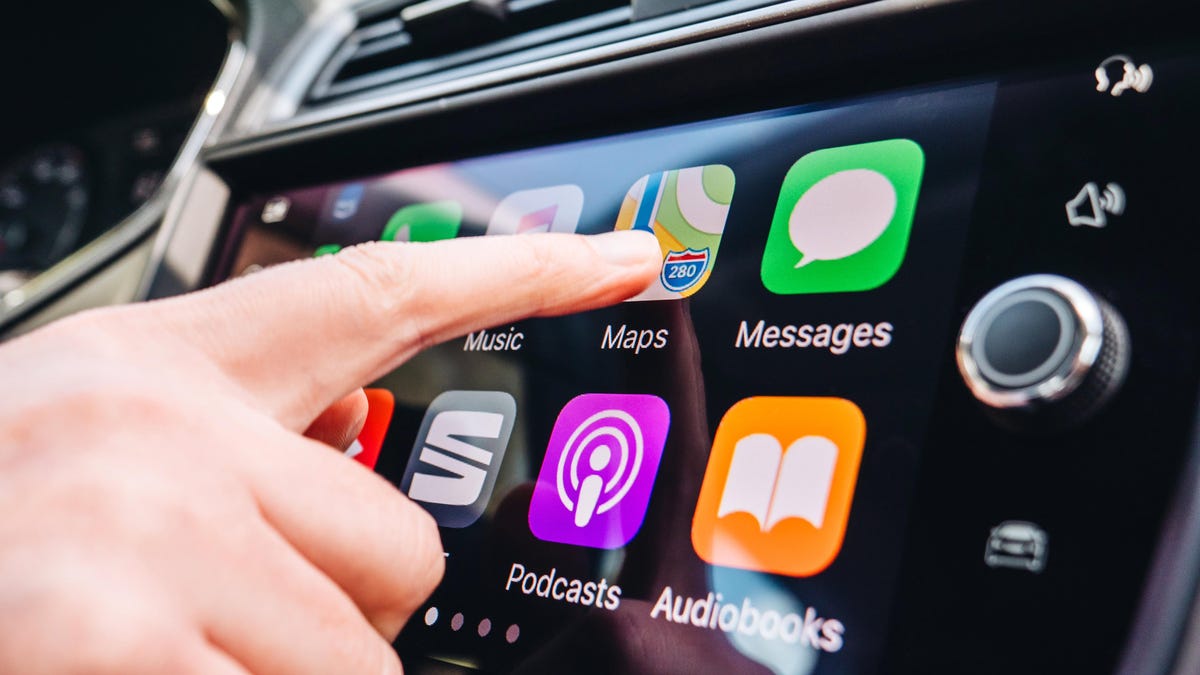GM is still dealing with the fallout of its decision to drop Apple CarPlay and Android Auto in favor of developing its own in-house system. In the last eight months, the company has had to deal with skeptical dealers while still maintaining its in-house system will be “compelling.” Since neither of those options have really changed public opinion so far, GM is now claiming that Apple CarPlay and Android Auto actually cause safety issues.
Speaking to Motor Trend, GM’s head of product for infotainment, Tim Babbit, explained that GM’s decision and the logic behind the safety concerns. Simply put, GM and Babbit think Apple CarPlay and Android Auto encourage cell phone use behind the wheel.
According to Babbitt, CarPlay and Android Auto aren’t perfect programs. They have stability issues that manifest themselves as bad connections, poor rendering, slow responses, and dropped connections. And when CarPlay and Android Auto have issues, drivers pick up their phones again, taking their eyes off the road and totally defeating the purpose of these phone-mirroring programs. Solving those issues can sometimes be beyond the control of the automaker. You can start to see GM’s frustration.
Essentially, the thinking is that if a car’s in-built infotainment system is good enough, drivers will be less likely to use their phone for what they’re trying to do while they’re behind the wheel, — though Babbitt admits that GM hasn’t exactly tested this in a controlled setting to see whether or not it’s true.
To achieve this, GM’s new system — called Ultifi, which is making its debut in the 2024 Chevy Blazer EV — uses Google apps built right into the system, like Google Maps and Assistant, which GM hopes customers will use for more voice controls. It can handle things like calls and texts, and it can control the audio and climate systems.
Of course, this all just isn’t about making the driver’s tech experience better. GM is also hoping to collect some of that sweet, sweet driver data and money from subscription services, as Motor Trend pointed out.
In addition to potentially buying things from GM or GM’s partners through their car’s infotainment system, GM is also looking at subscription services that would be managed through the same interface. GM’s chief digital officer, Edward Kummer, told Reuters as much when the decision to drop CarPlay and Android Auto was announced. Automakers see subscriptions as huge new source of income to be tapped, with GM alone hoping to make as much as $25 billion per year just off subscriptions by 2030.
We’ll see if GM’s gamble pays off when more of its vehicles roll out with the Ultifi system starting next year.
Update: GM and Chevy reached out to us with a statement regarding their position on Apple CarPlay and Android Auto. The company said while it values Apple and Google’s position with in car infotainment, their reasoning for Ultifi is greater integration.
“We wanted to reach out to clarify that comments about GM’s position on phone projection were misrepresented in previous articles and to reinforce our valued partnerships with Apple and Google and each company’s commitment to driver safety. GM’s embedded infotainment strategy is driven by the benefits of having a system that allows for greater integration with the larger GM ecosystem and vehicles.”

